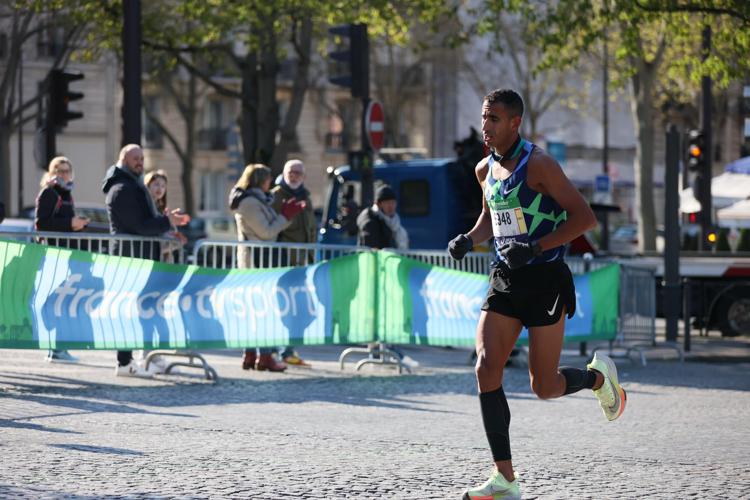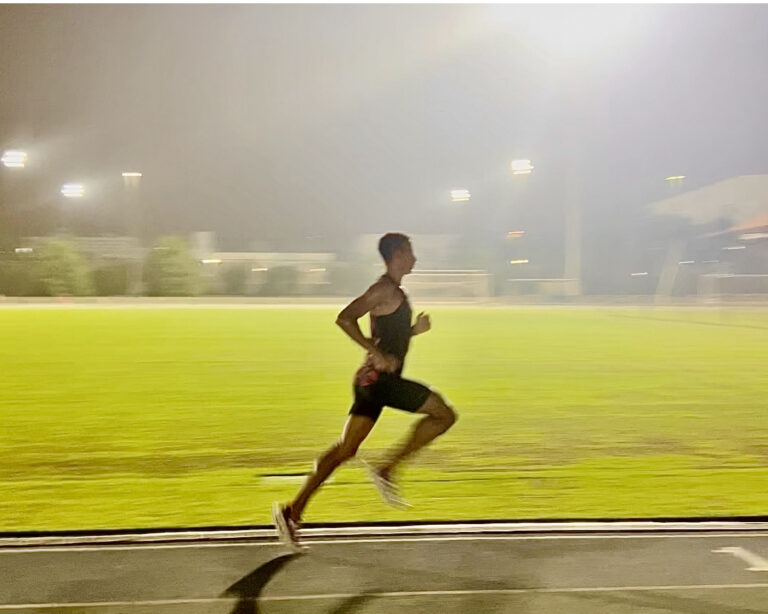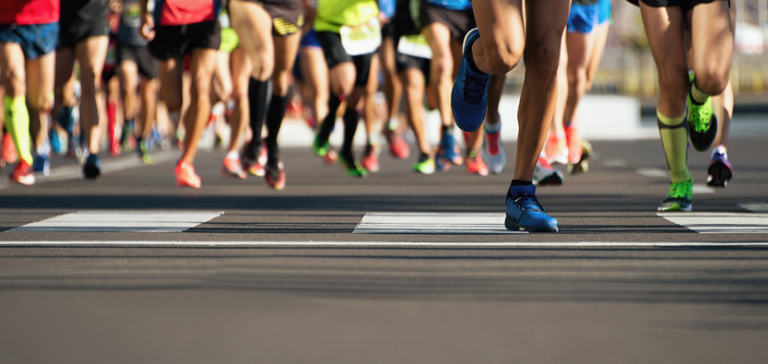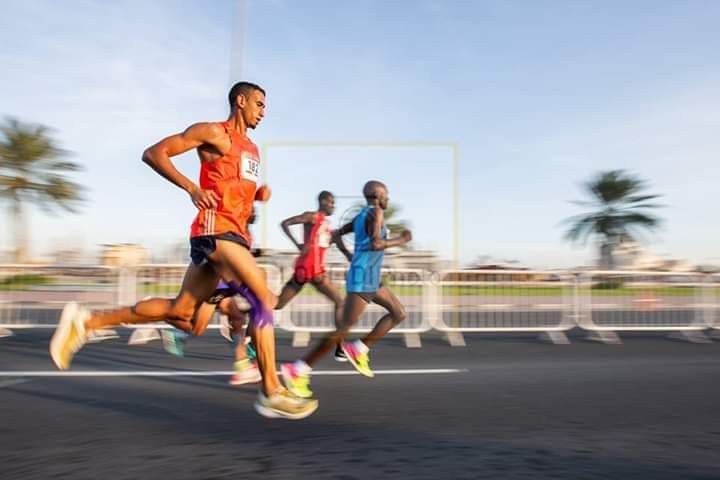Why does Ultrarunning cause Nausea and Vomiting?

Anyone who has done an Ultrarace knows how challenging it can be to get the nutrition and fuelling right. It is very easy to eat too little and suffer the consequences of exhaustion or over-fuelling and upsetting your gastrointestinal system making you deal with nausea, vomiting, stomach cramps and diarrhoea. Careful planning is needed and we should use our training to see what type of nutrition works for us and think about how much we can and should take during a race.
Nausea and vomiting are common problems in Ultrarunners during race days and I will go through some of the common causes and how we can avoid them.
TOP Causes & How to Avoid Them
- Dehydration
- A runner can get dehydrated very quickly if not enough fluid is consumed. We lose fluid through sweat, urine etc and when inadequate amount of fluid is taken then dehydration and sometimes a condition known as Hypernatremia (high sodium levels) and this can cause nausea, vomiting and diarrhoea.
- How do we Avoid Dehydration?
- This can be difficult as many factors determine how much we should be drinking, such as heat/cold, humidity and intensity.
- The Rule of Thumb:
- General recommendation is that athletes should drink 0.4-0.8liters/hour
- Calculate Sweat Rate
- Weight yourself before your workout, complete your workout (without urinating at all), then weighing again at the end of the workout to see if you lost or maintained weight.
- Formula: Sweat rate (ml/hr) = (Weight before exercise (g) – Weight after exercise (g) + amount of fluid consumed (ml)) divided by minutes of activity, then times this by 60
Example: 5500g – 5200g + 1000ml = 1300 / 120min =10.8 multiplied by 60 (10.8×60) = 650 ml/hr is the sweat rate
- This will give you an idea of how many ml/hr you need. Try to replicate this in race conditions, taking in the temperature and humidity levels you may experience.
- If you need some help then this can be accessed online https://sweattest.precisionhydration.com/pages/why-personalise-your-hydration-strategy
- Hyponatraemia
- The opposite to Dehydration is Overhydration, aka you drank TOO much
- Overhydration can cause Hyponatremia (low sodium/salt levels) in the blood.
- This happens when the athlete is drinking too much fluid.
- Symptoms of Hyponatraemia
- Mild: dizziness, light headed, nausea
- Severe: confusion, vomiting, and in rare cases it can put your life at risk.
- How do we avoid Hyponatramia?
- Get a better understanding on how much fluid you need and do not overdrink out of panic or worries of dehydration. Take a sweat test (see above) if needed.
- Ensure that you consume 500mg of Sodium for each 1 liter of fluid you drink.
- Sodium can be found as Salt tablets, Electrolyte drinks and different energy foods.
- Under-fuelling/ energy deficiency
- It is not unusual that ultrarunners are not getting as many calories and carbohydrates as required during a race.
- Under-fuelling may happen due to many reasons:
- Not feeling hungry
- Not fuelling early on in the race
- Poor intake 24hrs prior to race
- Difficulty in chewing and swallowing during the race
- Forgetting to eat
- Lack of desire to eat (palate fatigue)
- How do we avoid Under-fuelling?
- Set a timer to remind you to eat (every 20-30min is recommended)
- Use liquid foods, such as gels, protein shakes and recovery drinks.
- Practice with different foods/drinks during your training runs so that your body gets used to it.
- Poor planning of energy intake
- Apart from sufficient fluid intake, Ultrarunners also need added energy intake by getting more fuel through eating. However, if we start eating too late in the race the stomach may struggle with digestion as the blood flow has been redirected to working muscles.
- If the digestive system is not ready and the poor blood supply to the stomach will result in poor digestion and hence it can cause nausea, vomiting, stomach cramps and reduced appetite.
- How do we ensure Sufficient Energy Intake?
- Eat little and more often
- There is no hard-fast rule on how often to eat but I would recommend to have smaller volume of easily digested food (e.g gels) every 30-45min to ensure the stomach is active and ready to digest what you eat.
- Overheating
- Running in hot and humid environments can affect the stomach for different reasons.
- The heat puts extra stress on the body and blood supply and the priority is to maintain low core temperature and digestion is not as important which will result in GI upset.
- The heat can also affect runner’s appetite and result in under-fuelling, taking us back to this cause of nausea and vomiting, mentioned above.
- How do we avoid Heat impact on GI system?
- Try to keep your body core temperature normal by: having some cold fluid, wear light clothing, cool sponges, wear hat and ensure good fluid intake with correct sodium intake.

- Try to keep your body core temperature normal by: having some cold fluid, wear light clothing, cool sponges, wear hat and ensure good fluid intake with correct sodium intake.
- High intensity
- As the body is pushed to its limit through higher pace or longer distances there will be an element of lactic acid production which will contribute to nausea and vomiting.
- Running at a harder and more intense level will also reduce your appetite, cause under-fuelling and increase risk of dehydration and increase the risk of nausea and vomiting.
- How do we reduce the risk of Nausea and Vomiting due to high intensity?
- Ensure that you have done the training required to run at a certain intensity as this will make sure your body is more prepared to face the different challenges.
- During training we will teach our bodies to deal with lactic acid, and we should also make sure we have a good fluid and fuel intake during training so that that our body is use to what we need to consume.
- Nerves
- Most of us who have races will have experiences pre-race nerves and how this is causing an urge of needing the toilet!
- When we are anxious or stressed, chemical messengers carry signals from your brain to your gut, stimulating your gut’s nervous system (Enteric Nervous System). The gut can sometimes respond to these signals by causing nausea, diarrhoea and vomiting (Legg et al. 2019)
- How do we better control Race Nerves?
- Make sure you feel well prepared both physically and mentally.
- Also knowing the course well, where the aid stations are, have drop bags planned, have a good plan for your fueling and have the right support around you will help the feeling of being in control and may reduce anxiety and stress about the race.
- Read positive affirmations, mediated or talk to your coach about your nerves.
- Wrong breakfast
- Do not eat breakfast too close to your race. Make sure you have at least 2hrs to digest your breakfast before the start of the race.
- Do not rush your breakfast and take your time to eat. This will help digestion and facilitate any visit to the toilet before the race.
- Avoid foods that can upset your stomach: fatty foods, high fiber content and too much caffein. Do not eat anything you are not used to.
- Using NSAIDs
- Non-steroidal anti-inflammatories, such as Ibuprofen and Voltaren, are often used to reduce pain and inflammation. However, there are some significant risks of using them pre-race and during the race.
- NSAIDs can cause acute kidney injury, stomach ulcers and there is also risk of Cardiovascular events.
- Apart from these more serious problems, NSAIDs can also affect the stomach lining and cause nausea and vomiting (Rosenbloom et al. 2020)
References
Legg et al. 2019. Why anxiety causes diarrhoea and how to handle it. https://www.healthline.com/health/anxiety-diarrhea
Rosenbloom at al. 2020. Oral non-steroidal anti-inflammatory drug use in recreational runners participating in Parkrun UK: Prevalence of use and awareness of risk. https://onlinelibrary.wiley.com/doi/full/10.1111/ijpp.12646








One Comment